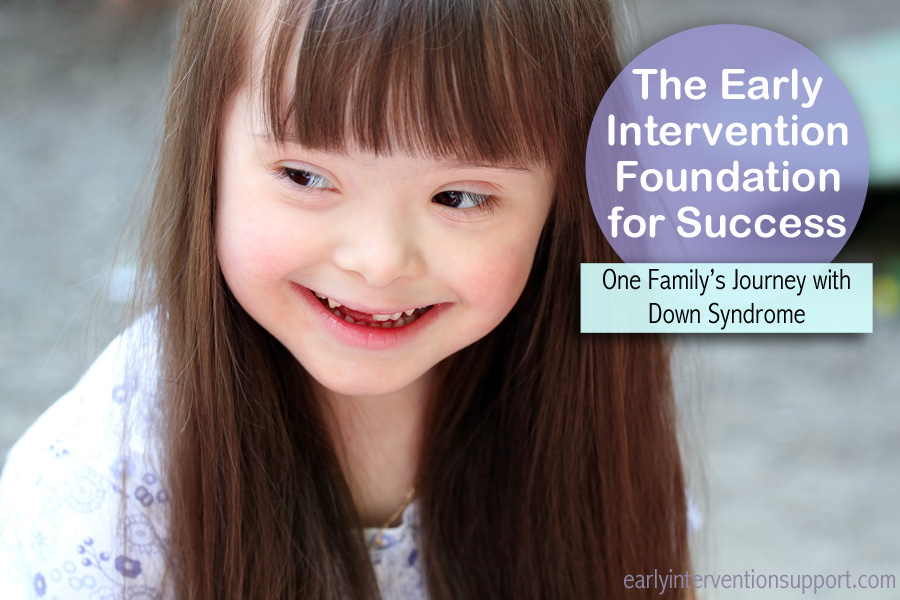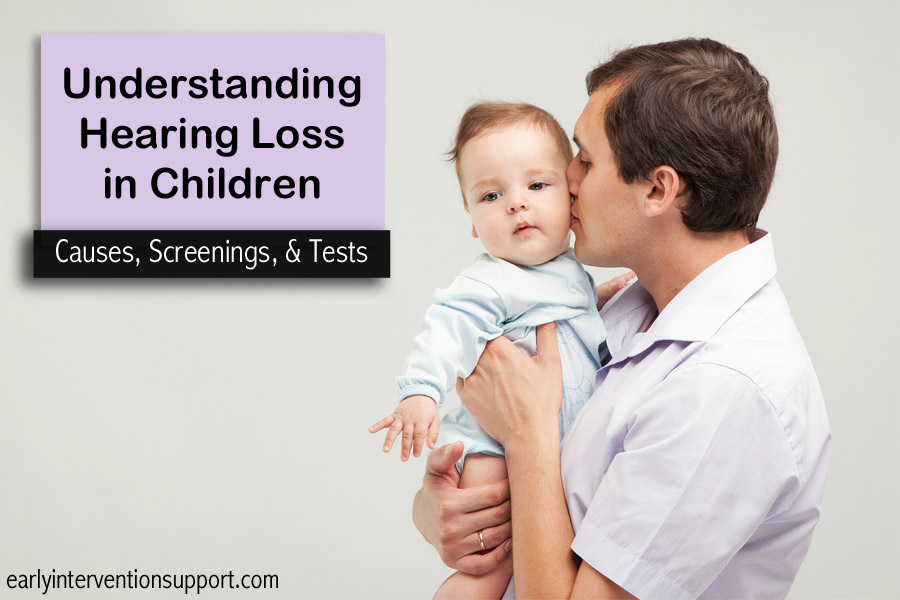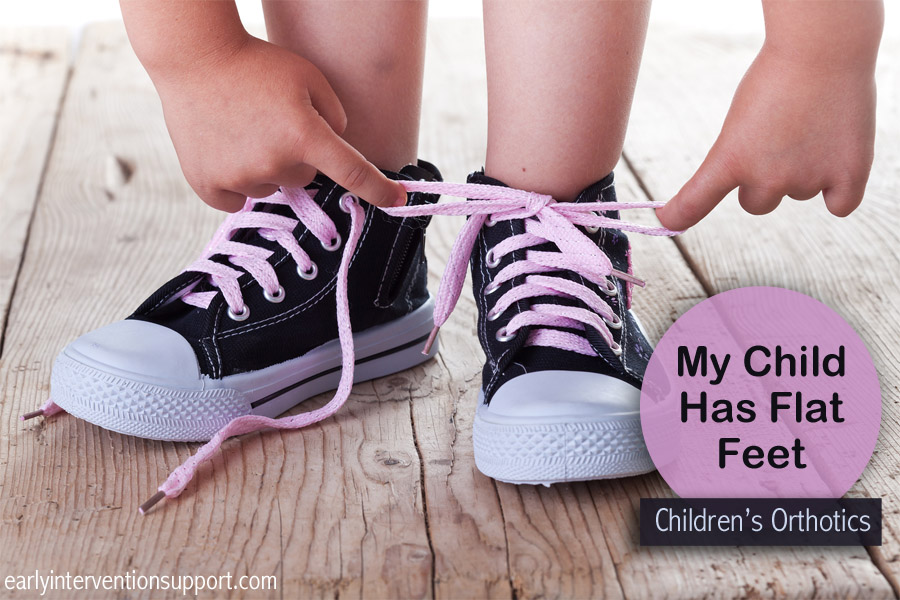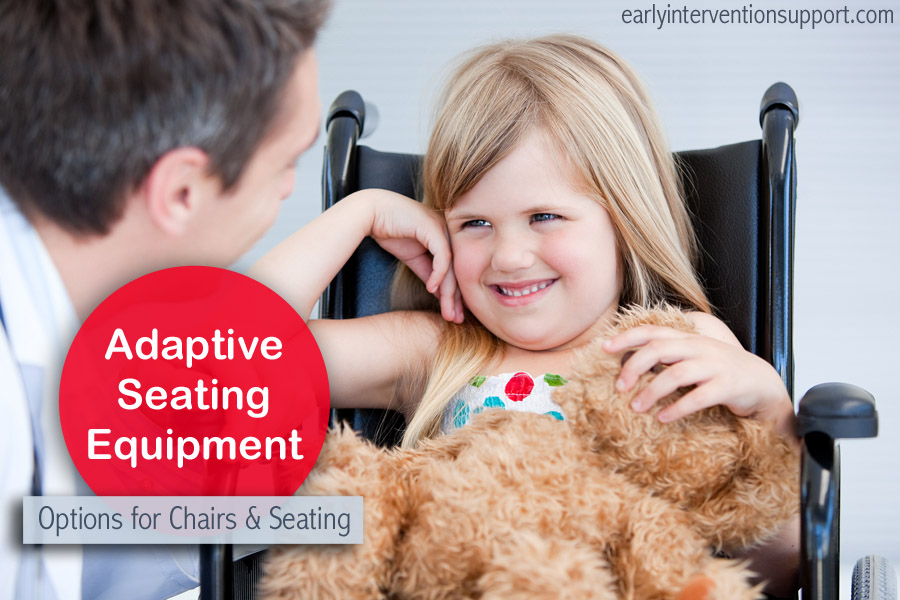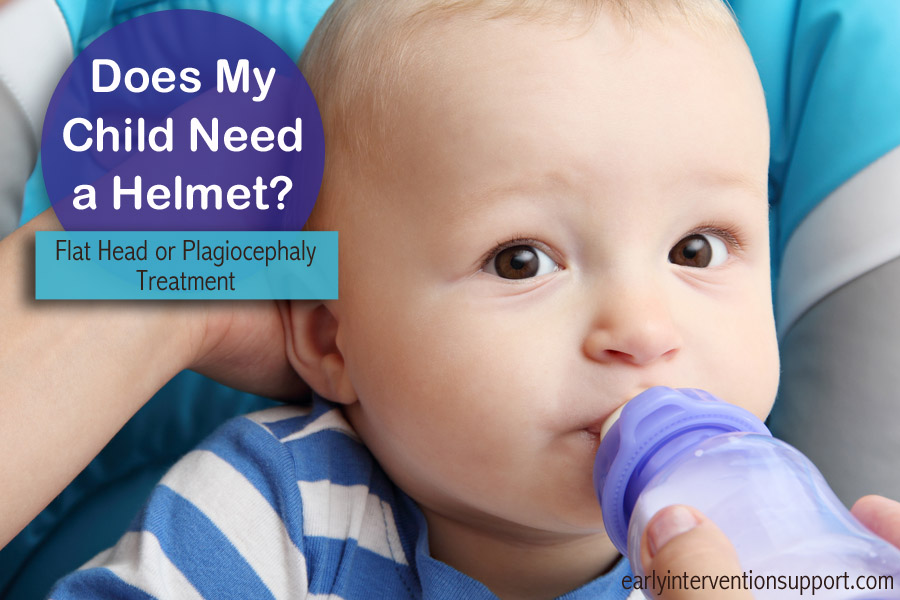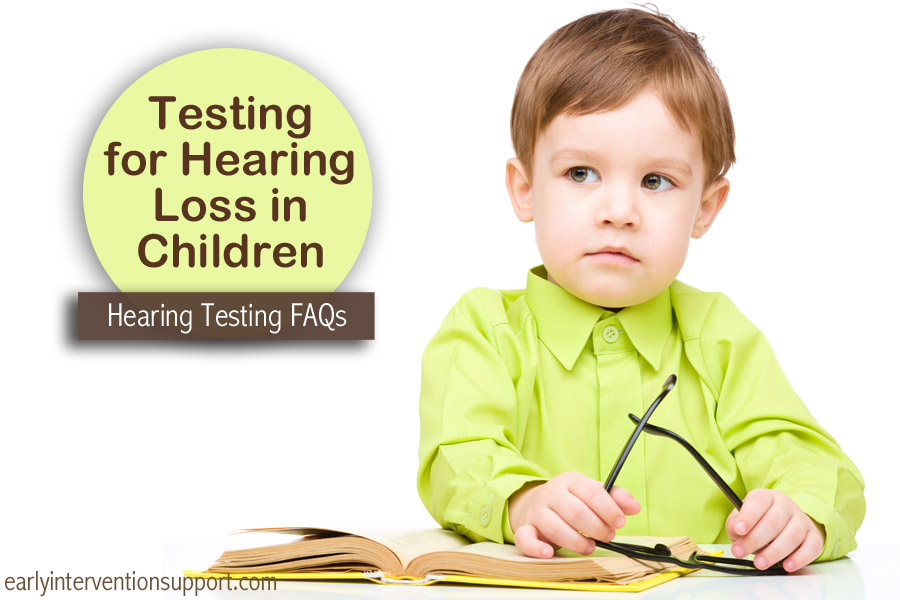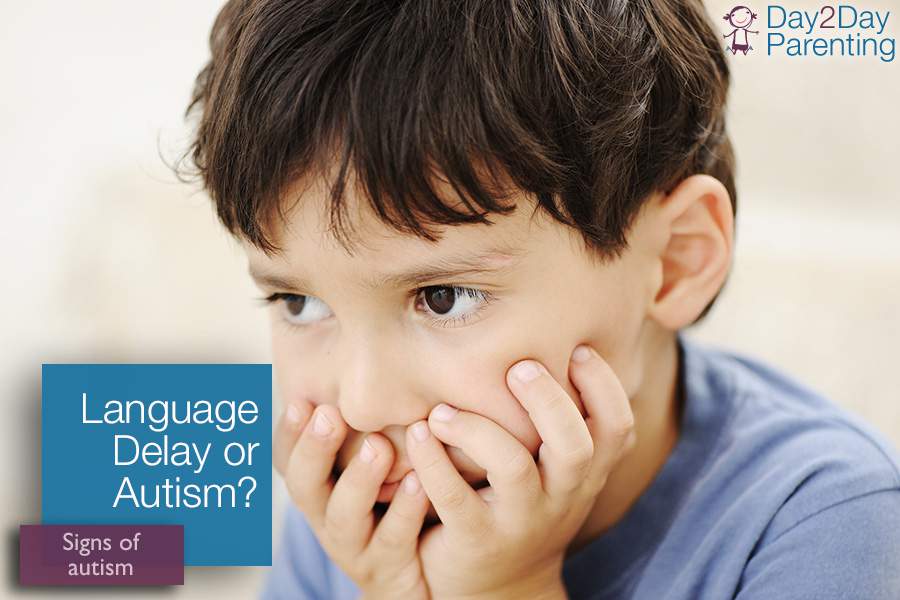The birth of our beautiful daughter, Chloe, in 2003 placed our family on an incredible journey that has allowed us to become strong voices for children and families. We had no prenatal testing during my wife’s pregnancy, and we were informed shortly after Chloe’s entrance into this world that she had characteristics of Down syndrome. Genetic tests confirmed Chloe’s diagnosis, …
Understanding Hearing Loss in Children
An informational update from the Western PA School for the Deaf November 13, 2014 Training Summary & Additional Info by Tamara Guo, M.Ed. Developmental Specialist The Eunice Kennedy Shriver National Institute of Child Health and Human Development reported in 2012 that 1 in every 33 babies are born with some type of birth defect. Prematurity and low birth weight …
DiGeorge Syndrome: What is 22q Deletion?
The term 22q refers to a missing part of Chromosome 22, specifically in the area of 22q11.2. It used to be referred to by several names, such as velocardiofacial syndrome, DiGeorge Syndrome, conotruncal anomaly face syndrome, Opitz G/BBB syndrome, and Cayler cardiofacial syndrome. All of these syndromes have been found to have the same core issue, the deletion of the …
What is Williams Syndrome?
Having been lucky enough to grow up with a family member with Williams Syndrome, it’s almost difficult for me to describe the diagnosis when asked what it exactly it is. My cousin’s diagnosis, although more defined in our adult age, was never a concern, topic of conversation, or even differentiation for me while we were growing up. When I picture …
Children’s Orthotics for Flat Feet
As a physical therapist, I receive questions surrounding orthotics quite frequently. Parents and caregivers may have heard from other parents about his or her child wearing orthotics for “flat feet.” Some physicians might recommend orthotics, while others believe the child will “grow out of it.” Consider the following questions and discuss them with your physical therapist prior to pursuing any …
Cleft Lip, Cleft Palate & Submucous Cleft
Occurring in 1 in every 600 births, clefts are one of the most common birth defects in the US. Clefts form early on in pregnancy (between 4-8 weeks after conception) when the facial prominences (group of cells) are fusing together. Three common types of clefts are as follows: (1) Cleft Lip is when the tissues of the upper lip have …
Adaptive Devices: Chairs and Seating
Kids naturally like and need to move around to explore their environment and socialize with family and other children. Mobility is an important milestone for our children to reach and parents look forward to this stage in development. But the importance of sitting should not be overlooked. Children need to sit to initially work on their fine motor skills and …
My Child Has a Flat Head. Does My Child Need a Helmet? | Plagiocephaly
As a physical therapist, I encounter this question quite often when treating infants. I also receive questions such as, “If we do our physical therapy, will the flatness improve?” and “If this were your child, what would you do?” When a physical therapist first evaluates your child, he/she may look at several things, including: Location of the flat spot (or …
Testing for Hearing Loss in Children
Hearing loss in children can cause delays in speech and language as well as academic skills later in childhood. Early intervention speech language pathologists work with many families of young children with speech and language delays. These families are often concerned that their child may have a hearing loss or that the child does not hear properly due to constant …
Speech Delay or Autism? | Signs of Autism
Many parents whose children exhibit speech and language delays are immediately concerned that their child may have autism. In early intervention, we cannot diagnose a child with Autism Spectrum Disorder (ASD), we can only tell a parent if their child is showing developmental delays and if we see certain red flags that may indicate a child needs further evaluation to …

